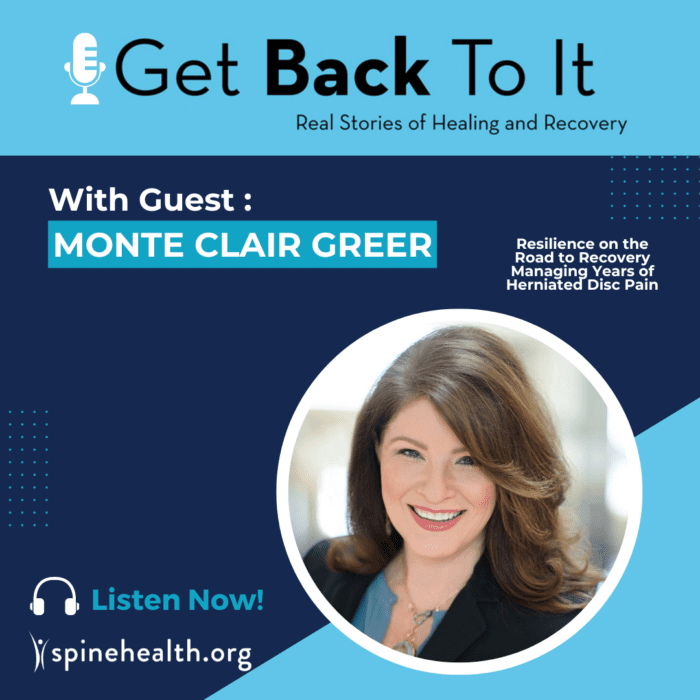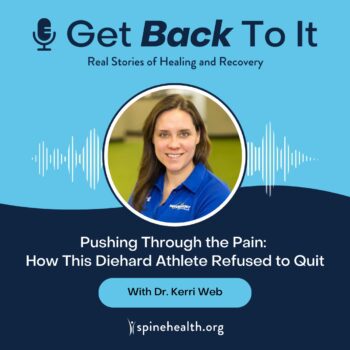Summary:
Monte Clair, experienced discomfort in her low back since her college days and throughout her early 30s. She managed her chronic pain through non-operative treatments for many years. But, while packing for a trip in 2011, she unexpectedly threw out her back just as she headed out with some friends for a road trip. She later found out she had ruptured a disc which required surgery. Hear her insightful journey to definitive treatment and living her best life.



